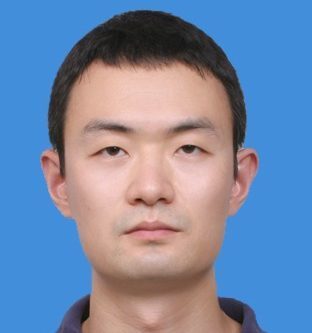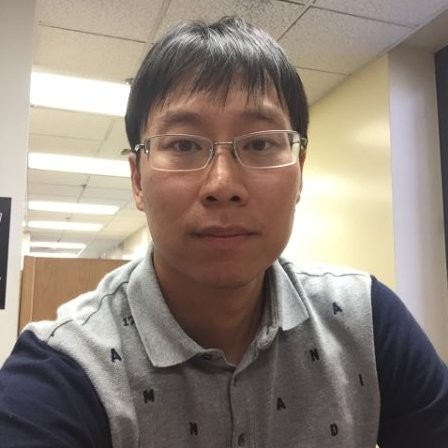IEEE Globecom 2024 Workshop on 10th Workshop on Integrated Sensing and Communications for Edge Sensing Intelligence
2024 Cape Town, South Africa
CALL FOR PAPERS
As the next generation of mobile communication systems, the sixth generation (6G) is poised to actualize the profound fusion of human interactions with interconnected devices, leading the communication field to a new era of the Internet of Everything (IoE). Integrated sensing and communication (ISAC) has been recognized by the International Telecommunication Union (ITU) as one of the six application scenarios for IMT-2030 (6G). Vertical scenarios in 6G require extremely high precision sensing and ultra-low latency response, leading to the emergence of a new edge sensing intelligence paradigm that integrates wireless sensing, communication, computing, and artificial intelligence (AI) at the network edge.
The advent of ISAC makes sensing an essential component of a new communication network. By embedding sensors or sensing capability into cellular and wireless networks, ISAC effectively breaks the bottleneck of limited data collection and addresses the constraints inherent in traditional edge networks. Continuous real-time sensory data collection during communications presents a valuable opportunity for adaptive network management in face of uncertainty, thereby creating native network intelligence. Edge AI is pivotal in amplifying wireless sensing capabilities across the physical, network, and application layers. Edge sensing intelligence emerged as the integration of edge AI and wireless sensing at the edge of the network to expedite data processing and decision-making while fostering mutual benefit between the two functions. Edge sensing is expected to mitigate data transfer latency, enhance data privacy and security, and reduce computation costs. Edge sensing intelligence enables not only direct data collection at the network’s edge but also wireless transmission and intelligent processing.
Based on these advantages, edge sensing intelligence will show extensive potential in ISAC. Although this technology has attracted wide attention from both academia and industry, there are still many unresolved problems that need to be further studied. This workshop aims to unite researchers from academia and industry to delve into the latest breakthroughs and application prospects in ISAC for edge sensing intelligence, thereby promoting the development of ISAC. Topics of interest include but are not limited to:
Topics of interest include but are not limited to:
The submitted papers will follow a single blind review.
Submissions deadlines
5 August, 2024
Notification of acceptance
1 September, 2024
Camera-ready deadline
15 October, 2024
Workshop date
18 December, 2024
Organizers

Wen Tong
Huawei Technologies Co., Ltd., Canada

Jie Xu
The Chinese University of Hong Kong (Shenzhen), China

Yuanhao Cui
Beijing University of Posts and Telecommunications, China

Fan Liu
Southern University of Science and Technology, China

Kaitao Meng
University College London, UK

Tony Xiao Han
Huawei, IEEE ComSoc ISAC-ETI Chairs, China

Aiming Tang
Shanghai Jiaotong University, China

Qixun Zhang
Beijing University of Posts and Telecommunications, China
Subscribe to our Newsletter
Instructions for Authors

Submission Instructions
Papers should contain original material, namely, material that has not been previously published or currently submitted for consideration elsewhere. Prospective authors are encouraged to submit a single PDF file with all fonts embedded, using the IEEE conference proceedings format. (Use the same PDF formatting guidelines as the main conference.) Paper length is limited to six (6) pages (two-column, 10-point format) including references, figures, etc. Papers must include the author names and affiliations for single-blind peer reviewing by the program committee. Authors of accepted papers are expected to present their papers at the workshop. Accepted papers will be published in the IEEE ICC proceedings and will be archived in the IEEE Digital Library.

Template
This LaTeX template should be useful in complying with the above requirements, but as an author you bear the final responsibility to verify that your submission is format-compliant. For more information, please visit https://www.ieee.org/conferences /publishing/templates.html

Submission Portal
Submit your paper at https://www.edas.info/newPaper.php?c=32688&track=126259. Accepted and presented papers will be published in the IEEE Globecom 2024 Workshop Proceedings.
Endorsed By
IEEE Communications Society Integrated Sensing and Communication Emerging Technology Initiative
IEEE Signal Processing Society Integrated Sensing and Communication Technical Working Group
Get in Touch
Need more information about the workshop?
